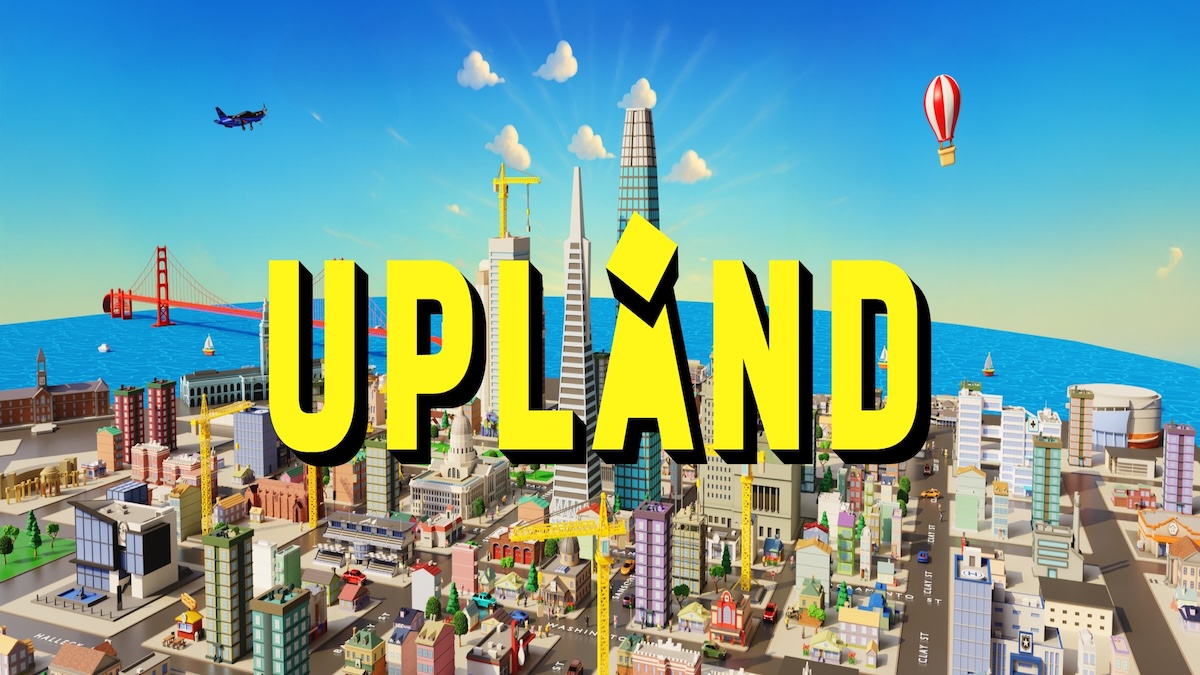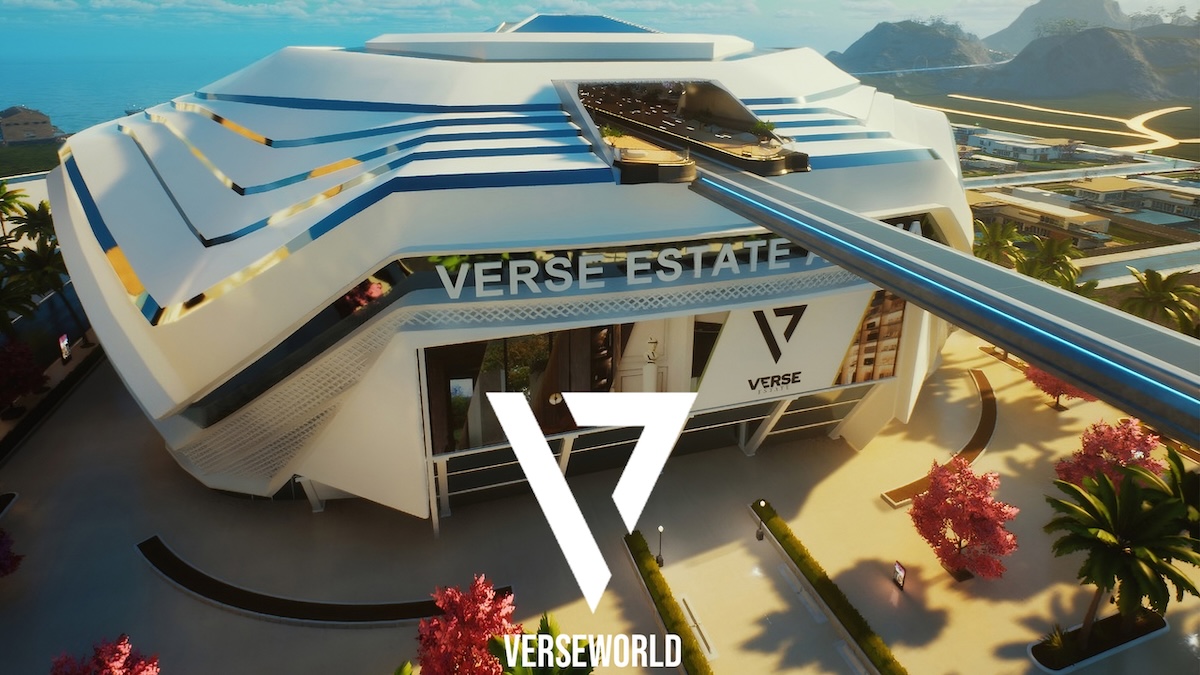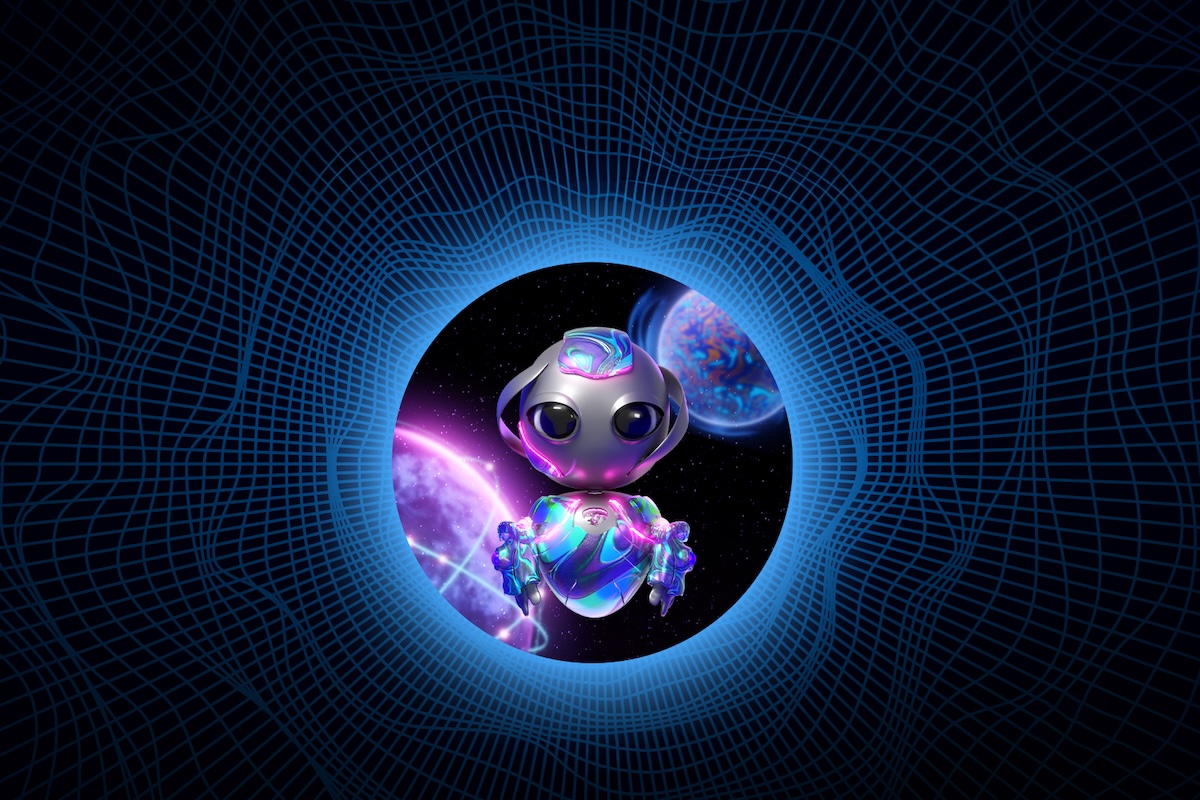Brands Banking on the Metaverse
The metaverse had a meteoric rise in 2021 and based on recent investment, it may be going to the moon. Click here to read more...!

The metaverse is rising in prominence in our physical world, but what does it all mean?
The metaverse marks a significant progression from the internet (Web2) to where we can now interact with each other in a digital space through virtual representations of us – ‘avatars’ (Web3).
Right now, we can share experiences in the metaverse, such as watching a live concert, shopping and collaborating - all through our digital avatar.
The metaverse had a meteoric rise in 2021 and based on recent investment, it may be going to the moon. While the outside world has put up barriers and closed borders, we have become fully immersed in digital spaces with roughly 2.6 billion people now playing games online.
Big brands flex their muscles
Major brands made significant investments in the metaverse in 2021, indicating that the virtual realm will be increasingly prevalent in our lives.
On October 28th, 2021, Facebook was rebranded to 'Meta Platforms' and Mark Zuckerberg signaled his intent to invest heavily in the metaverse. Just days ago, he told tech podcaster Lex Fridman that the metaverse is where everyone will live in the future.
According to Zuckerberg, we will leave our reality behind for a virtual world that we completely control.
Zukerberg said: "A lot of people think that the metaverse is about a place, but one definition of this is - it's about a time when basically immersive digital worlds become the primary way that we live our lives and spend our time."
Meta is working on its own virtual reality (VR) metaverse, which will be a fully immersive world engaging all of our senses.
Microsoft seem to have similar thoughts and announced their foray into the metaverse in December, in the form of 'Mesh For Microsoft Teams'.
Mesh will provide an immersive, shared experience and promise unprecedented levels of presence within the platform of Microsoft Teams.
In this digital space, you can walk around with your avatar and have face-to-face conversations, collaborate, and connect in ways that transcend physical boundaries.
To summarize – the metaverse refers to the connection between our physical world and the virtual world.
It's nothing new to those who have immersed themselves in games like Second Life, SandBox, Roblox, or Fortnight, for example, but the boundaries between the two worlds are becoming more blurred each day.
We may witness some startling developments in the coming year, as brands further experiment with the virtual platforms and tools available.
Monetizing the metaverse
A crucial component of brands thriving in the metaverse will be monetization.
Platforms like Decentraland allow users to create their own metaverse by buying a plot of virtual land using their MANA cryptocurrency.
Bought as an NFT on the Ethereum blockchain, that land is exclusively yours, bound by a smart contract. You can rent your land and sell your land, much like in our physical reality. The metaverse empowers us all to become owners and that's part of its appeal.
Although the tech is still limited, brands are able to engage with a new, wider audience in unprecedented ways.
When we consider the appeal of the metaverse, one keyword is 'community'. The metaverse is bringing people together in novel ways, which are delighting the online gaming community around the world.
The community aspect of the metaverse may hold the key to monetization, but at present, we're in the experimental phase, and having an experimental mindset would serve brands well. The tech is still developing and metaverse experiences still leave a lot to be desired.
How have brands interacted with the metaverse thus far? Let's look at a few examples:
SNOOP DOG via SANDBOX
Snoop Dog has his own world on Sandbox, named ‘The Snoopverse’.
A plot of land in the Snoopverse sold for just under $500,000, making this lucky buyer Snoop's new virtual neighbour.
Snoop said about the project: “I'm always on the lookout for new ways of connecting with fans and what we've created in The Sandbox is the future of virtual hangouts, NFT drops, and exclusive concerts."
GUCCI GARDEN via ROBLOX
Gucci opened a digital garden exhibition for 14 days in May 2021 to celebrate 100 years in business. In this space, which took place on the Roblox platform, you could personalize your avatar and don yourself in digital Gucci gear, in a celebration of self-expression and former Gucci campaigns.
LOUIS VUITTON - LOUIS THE GAME
Louis Vuitton celebrated their 200th birthday with their own game for iOS and Android. In the game you play as Vivienne, on a mission to collect 200 candles, which teach each player about the history and heritage of Louis Vuitton. Additionally, 30 NFTs could also be collected including 10 NFTs by the artist Beeple, whose digital collage sold as an NFT at a Christies auction this year for $69.3 million. These Louis Vuitton NFTs were only collectibles and could not be sold on the secondary market.
NIKE via RTFKT
In December Nike announced their foray into the metaverse as they acquired the NFT studio RTFKT, in an effort to merge culture and gaming. RTFKT were known for their digital sneaker NFTs. Nike has indicated their intent to sell virtual footwear, apparel and accessories for us in digital environments.
COCA COLA via TAFI
In July 2021, Coca-Cola teamed up with 3D creators at Tafi to host an auction for special-edition virtual ‘loot boxes’ of NFTs. These loot boxes included a custom Coca-Cola bubble jacket wearable NFT, which could be unlocked for use in Decentraland.
These are just a few examples of brands investing in the metaverse in interesting ways. It's exciting to see where this new realm will lead us in 2022.
In the meantime check out Yeezus's entry to Web3, stay tuned for more updates on brands experimenting and engaging with the metaverse.




